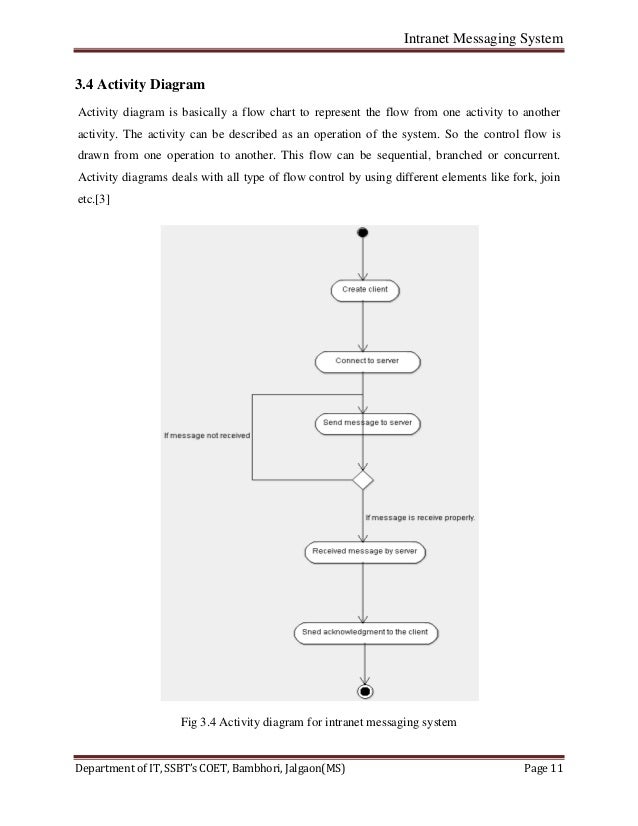Flowchart Fork And Join

In parallel computing the fork join model is a way of setting up and executing parallel programs such that execution branches off in parallel at designated points in the program to join merge at a subsequent point and resume sequential execution.
Flowchart fork and join. A fork node has one incoming edge and numerous outgoing edges. A fork notation in a uml activity diagram is a control node that splits a flow into multiple concurrent flows. Join takes two control flows in and produces one control flow out. When data arrives at an incoming edge it is duplicated and split across numerous outgoing edges simultaneously.
A flowchart describing the fork and join pattern. Fork vertices in the uml statechart diagram serve to split an incoming transition into two or more transitions terminating on orthogonal target vertices. This will have one incoming edge and multiple outgoing edges. Fork takes one control flow coming in and produces two going out similar to the diamond decision node in regular flowcharts.
Add two new flowchart nodes operators fork and join. Unlike the decision node the fork node passes control to both of its children meaning that parallel execution starts here. A join node is a control node that synchronizes multiple flows this will have multiple incoming edges and one outgoing edge. Parallel sections may fork recursively until a certain task granularity is reached.

















